The attractive city of Bordeaux has a rich history spanning at least two thousand years. If most of the area of Bordeaux listed on the UNESCO World Heritage dates back to the 18th century, the first traces of permanent human settlement on the site originate from the 6th BC. Let’s find out more about the formidable Bordeaux History!
Bordeaux History in the beginning
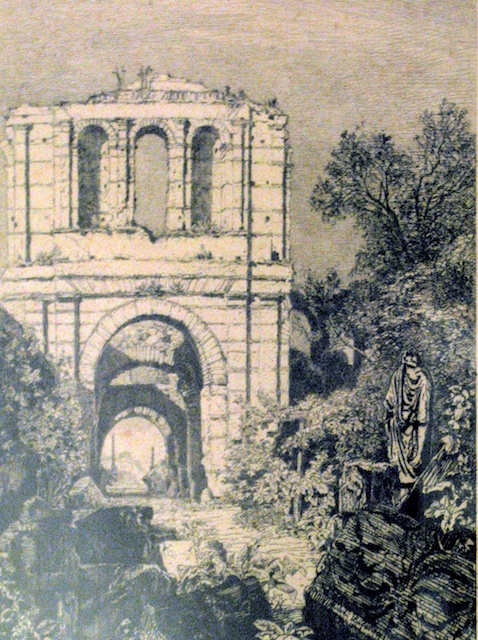
Bordeaux’s former name, Burdigala, was built during the 3rd century BC by a Celtic tribe: the Bituriges Vivisques. Strategically placed on the western coast, on the curve of the Garonne River, Burdigala was the perfect crossroads between the Atlantic Ocean, the Mediterranean Sea and the Iberian Peninsula. Bordeaux grew and prospered thanks to the tin trade, as it was the obvious stay on the tin route from Great Britain.
In 56 BC, the conquest of the area by Julius Caesar and his lieutenant, Crassus, brought a time of prosperity, and Burdigala became an “emporium” of the Roman world. Over the next three centuries, it expanded and began trading wine. Massive building and construction took places, such as an amphitheatre, temples, thermae and some of the most luxurious houses in Gaul. Rapidly it became one of the biggest cities in southern Gaul and its population reached 20,000 inhabitants.
During the third century AD, after a period of wars between the Germanic tribes and the Roman Empire, the 9-meter-high battlements were built. The city was then limited by this “castrum”, which also protected the harbour, and the population fell to 15,000.
Bordeaux in the Middle Ages
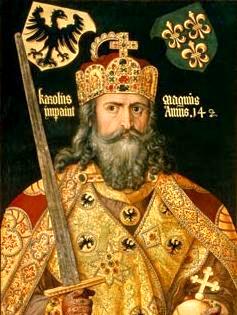
Christianity was introduced during the 4th century in the region of Bordeaux. But at the beginning of the 5th century, the prosperity of the city declined with the Barbarian invasions: first the Vandals in 408, and then the Visigoths who occupied the area from 414 to 498.
In 498, King Clovis of the Franks defeated the Visigoths and incorporated Burdigala into the Merovingian Kingdom. At the end of the 7th century Christian rules were adopted and the Frankish bishops, from their basilicas, churches and monasteries, organised the religious and political life of the city.
From 720 to 848, the city was again the theatre of violent wars: after an Arabic invasion, it was pillaged again in 732. A century later in 848, the Vikings invaded the city, burning and slaughtering its population.
Bordeaux was keenly contested. Between the Arabic and Viking invasions, Charlemagne tried to establish his kingdom there but from 877 it was shared between the Duchy of Gascony and the Duchy of Aquitaine. It finally became the exclusive property of the Duchy of Aquitaine in 1032, after the duke of Gascony died without an heir. The Duchy of Aquitaine was then independent and not linked to the French crown.
How Bordeaux became English
1. Eleanor, the Duchess of Aquitaine, Queen of France, Queen of England

Eleanor of Aquitaine (Aliénor d’Aquitaine in French) was the eldest daughter of Guillaume X, Duke of Aquitaine. After the death of her brother in 1130 and her father in 1137, she became the Duchess of this independent county at the age of 14. On the 25th of July 1137, she married in Bordeaux the heir to the French crown; the future Louis VII. Although the Duchy was independent of the French kingdom, Louis VII became the Duke of Aquitaine.
Eleanor, now Queen of France, was criticised for her luxurious tastes and indecent behaviour. For example, during Louis VII and Eleanor’s crusade to the Holy Land, her behaviour, the difficulties of travel, as well as her assumed infidelity with her uncle Raymond de Poitiers, all caused tension between the couple. Finally, the marriage was dissolved in March 1152, after 15 years of union. Infidelity or not, Eleanor wanted the marriage to end, perhaps because she had already considered marrying Henri Plantagenet, the heir to the English crown and whom she had met in 1151 in Paris.
It is important to understand that, after the “divorce”, Louis VII lost the title of Duke of Aquitaine, whereas Eleanor was still the Duchess of the Duchy of Aquitaine, independent of the French crown.
In 1152 Eleanor married Henri Plantagenet, 10 years her junior, and Henri then became Duke of Aquitaine. In December 1154 Henri was crowned King of England with Eleanor as his queen. Thus, Aquitaine, including Bordeaux, was linked to the English crown.
It was an eventful marriage with numerous infidelities on the part of Henri, but he and Eleanor sired eight children, including two kings: Richard I, the Lionheart, and his brother John Lackland.
2. Bordeaux under the English Crown 1154-1453
The 12th century was the start of Bordeaux’s golden age. Artisans came from all over the county to work and settle in the “faubourgs”, the parts of the town outside the walls. The town expanded and it was necessary to build new surrounding walls.
When Bordeaux became linked to the English crown, the foreign supervision was not restrictive. The wine trade, conducted mainly with the English, was the main reason for the accumulation of wealth by the bourgeois of the Bordelais and certain communal rights were granted.
In April 1206, after a series of attacks on the city, greater freedom was granted. The beginnings of a “democracy” emerged with the notables being allowed to choose the mayor and thus have a say in local government.

At the beginning of the 14th century, the population reached 30,000.
This “English” city was pre-eminent in 1340 at the start of the Hundred Years war when the English king, Edward III, (also French King Philip IV’s grandson), proclaimed himself King of France.
Fifteen years later, in 1355, his son Prince Edward of Woodstock, (known as “The Black Prince”), was welcomed in Bordeaux and from where he conducted his conquest of France. In 1356 he won the battle of Poitiers and captured the King of France, John II, who was jailed in Bordeaux. In 1360 the English possessed whole new areas of France – the Poitou, the Aunis, the Saintonge, the Angoumois, the Limousin, the Périgord, the Quercy, the Rouergue and the Agenais.
From 1362 to 1372 Bordeaux was the capital of a mighty principality under the reign of the Black Prince. However, this did not last and after battling Charles V, King of France, the principality was reduced to a narrow territory between Bordeaux and Bayonne. The Black Prince died in 1376.
At the beginning of the 15th century, the city remained faithful to the English crown. In 1451 Charles VII of France was briefly triumphant but a year later, the English command returned and was well received.
For three centuries, from the marriage of Eleanor of Aquitaine in 1154 to the return of the English command in 1452, Bordeaux remained attached to the English kingdom.
Integration into the French Kingdom 1453-1715
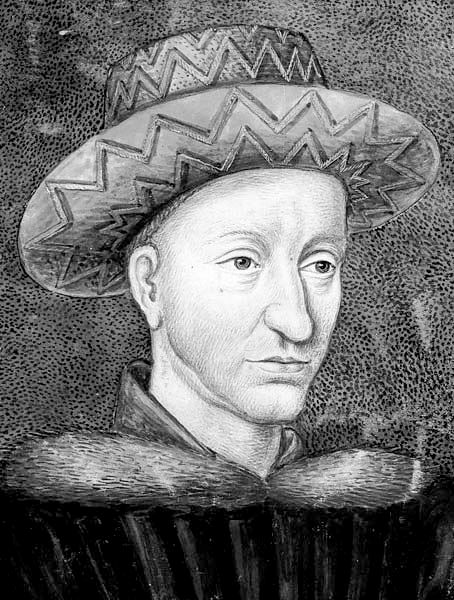
In 1453, King Charles VII of France won his last battle against England and ended the Hundred Years War. Bordeaux was finally recaptured. The first decades were difficult as the Bordelais (and most of all those from the bourgeoisie) felt themselves to be English and didn’t want to be a part of France. About two thousand left for England.
From 1454, the French King did his best to make the integration easier: the Bordelais kept their privileges and two monuments, the Hâ Fort and the Trompette Castle, were built to prevent attacks and to ensure that Bordeaux remained French. It was particularly difficult to maintain trade, even if the King gave important financing to Bordeaux, as most previous trades had been with England. However, by the end of the 15th century, the city had re-established itself.
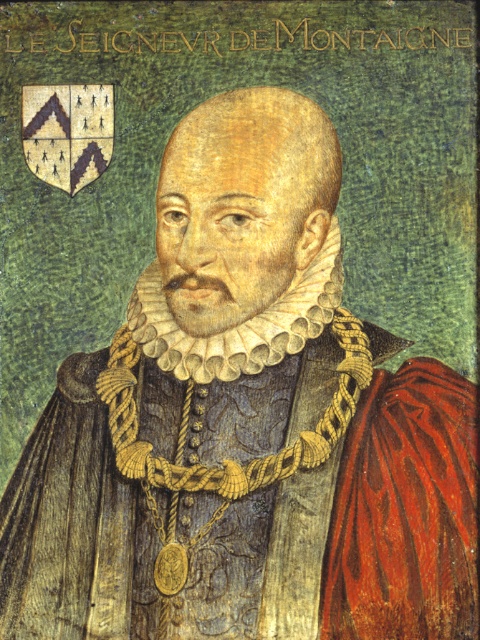
Bordeaux was an important centre during the Humanist period of the 16th century. Michel de Montaigne was mayor from 1581 to 1585 and the “Collège de Guyenne”was created in 1533.
The 17th century was difficult. During the Thirty Years War Bordeaux became, after Paris, the second most troubled French city. Confrontation and rebellion, within and without the city, took place against the absolute monarchy of Louis XIV. In 1653, the young Louis XIV subdued the city by force of arms and it was firmly integrated into the kingdom.
The 18th century: the “Apogée” of the city
1. The first French harbour
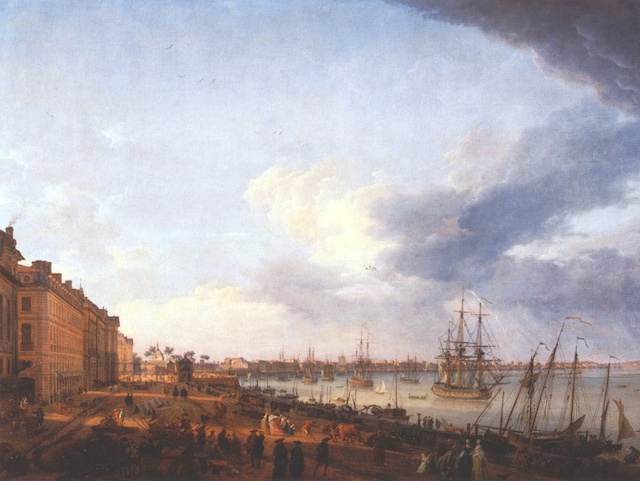
At the beginning of the 18th century, Bordeaux established itself as a harbour essential for trade, especially for the exports to and the imports from the French colonies. It also, from 1716, became with four other French harbours, including La Rochelle, one of the main cities in the “Three-Way Trade” (“commerce triangulaire” in French), in spite of the Humanist tradition of the city which had declared against slavery in 1571.
During this period, 411 ships left from Bordeaux to capture slaves in Africa to sell them in North and Central America. The economic power of the city increased steadily with the colonial trade. Cocoa, sugar, coffee and cotton were sent from the West Indies via Bordeaux to all of Europe. At the end of the 18th century, it was the main harbour in France and the second most important in the world after London.
2. Development of the city
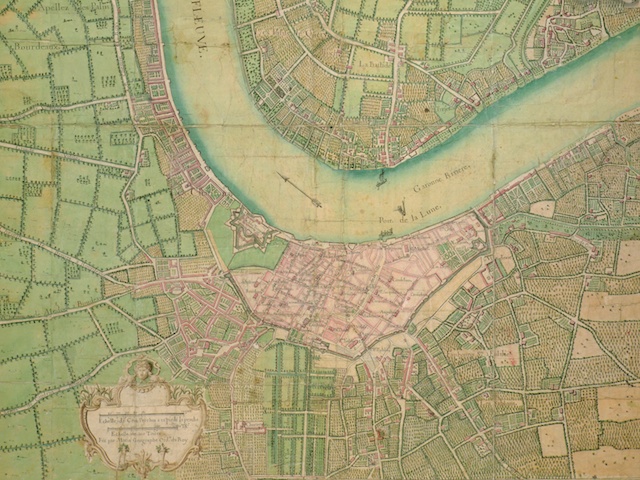
A wealthy city, Bordeaux attracted people and investment from all over France. In less than a century, the population almost doubled, from 60,000 to 110,000 inhabitants.
The city was improved and modernised. The Triumphal Arch of Aquitaine (today “Place de la Victoire”) and the majestic Opera and Grand Theatre were built. Gardens and public spaces were created. Townhouses, courtyards and alleys gave it a wealthy, bourgeois and classical appearance which explains why, nowadays, Bordeaux is listed on the List Heritage of UNESCO.
3. Bordeaux during the Age of Enlightenment and Revolution
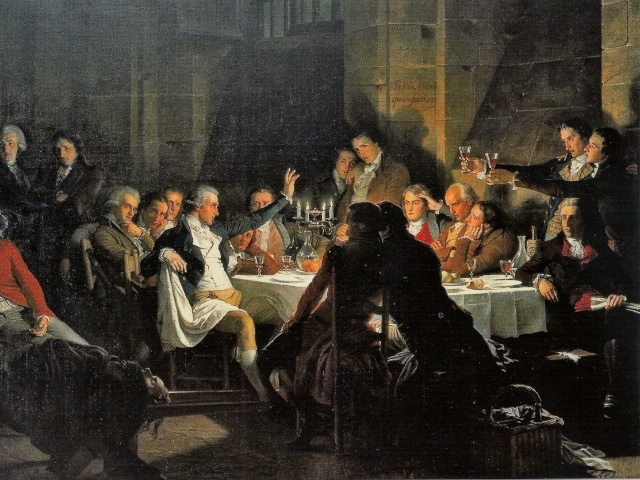
The 18th century in Europe was the Age of Enlightenment. In France, the five ”Fathers” of the Enlightenment were Voltaire, Rousseau, Montesquieu, Diderot and Beaumarchais.
Montesquieu lived in Bordeaux where he was known as the voice of the Enlightenment. This may explain why the city was an important centre for ideas and also why it welcomed a community of Freemasons. When the news of the storming of the Bastille fortress arrived in July 1789, the city celebrated. In 1790 the radical revolutionary political group, the Girondins, was created in Bordeaux. (Note that the Gironde is, today, a département, which is an administrative area of France).
During the French Revolution Bordeaux experienced difficulties when the Revolutionaries from Paris, the Montagnards, and their leader, Robespierre, began the Reign of Terror (la Terreur) regime. The Revolutionaries were split: the Montagnards, mostly in Paris, and the Girondins, from Bordeaux. Robespierre described the city as the “counter-revolution local”. Tallien, a Montagnard revolutionary, imposed the Terreur in Bordeaux.
The 18th century ended in a recession that was accentuated by the Napoleonic wars.
The 19th century: from Napoleon to the Third Republic
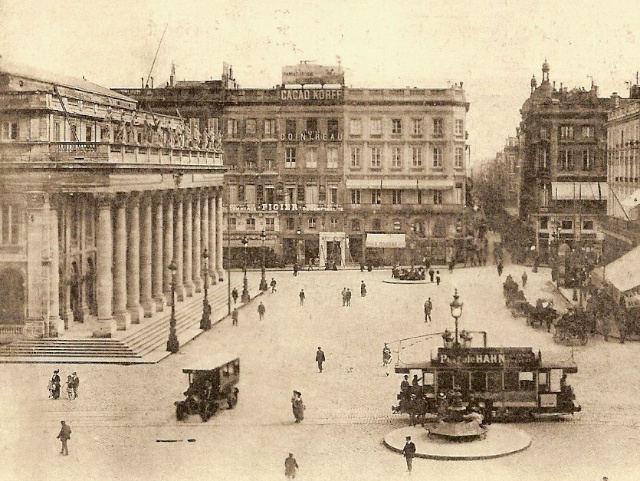
Although the arrival of Napoleon in 1799 was well-received by the inhabitants of Bordeaux (because it marked the end of the Reign of Terror), they rose up against him in 1814, protesting against the collateral damages from the Spanish wars. It was thus the first city to support the return of the Bourbon Monarchy.
During the reigns of Louis XVIII and then Charles X, the city witnessed great expansion. The first bridge on the Garonne was built in 1822 and the Trompette Castle was replaced by today’s famous Quinconces Square.
In 1848 during the second French Revolution, Bordeaux was the last city to support the new Regime and was opposed to the establishment of the Second Republic.
The 19th century is synonymous with the Industrial Revolution and the city was developed and modernised during this period. The population doubled, to reach 230,000 inhabitants in 1891.
At the end of the 19th century, it finally and proudly became a Republican city. Artistic competitions were organised to show its political affiliation and the “Bronze Horses of the Girondins” and the “Girondins Pillar” on the Quinconces Square, are two great examples of this tribute to the historical Republican character of Bordeaux.
The 20th century: Bordeaux and the World Wars
1914-1918
During the First World War, as Paris was threatened by the proximity of German armies, Bordeaux briefly became the capital of France and prospered from its armaments industries.
1939-1944
During the Second World War, the French Government again found refuge in Bordeaux, now called the “tragic capital”. However, the Armistice with the Third Reich, signed by Philippe Pétain in 1940, led to the collaboration of the city’s Mayor, Adrien Marquet of the Vichy Regime.
From 1941 Bordeaux was occupied by the Germans. It is strategically placed and the Germans wanted to keep control of the harbour. An underwater base was built in order to prevent a possible Allied landing. After four years of occupation, the city was freed on the 28th of August 1944.
1945-2005: The return of the Great Bordeaux
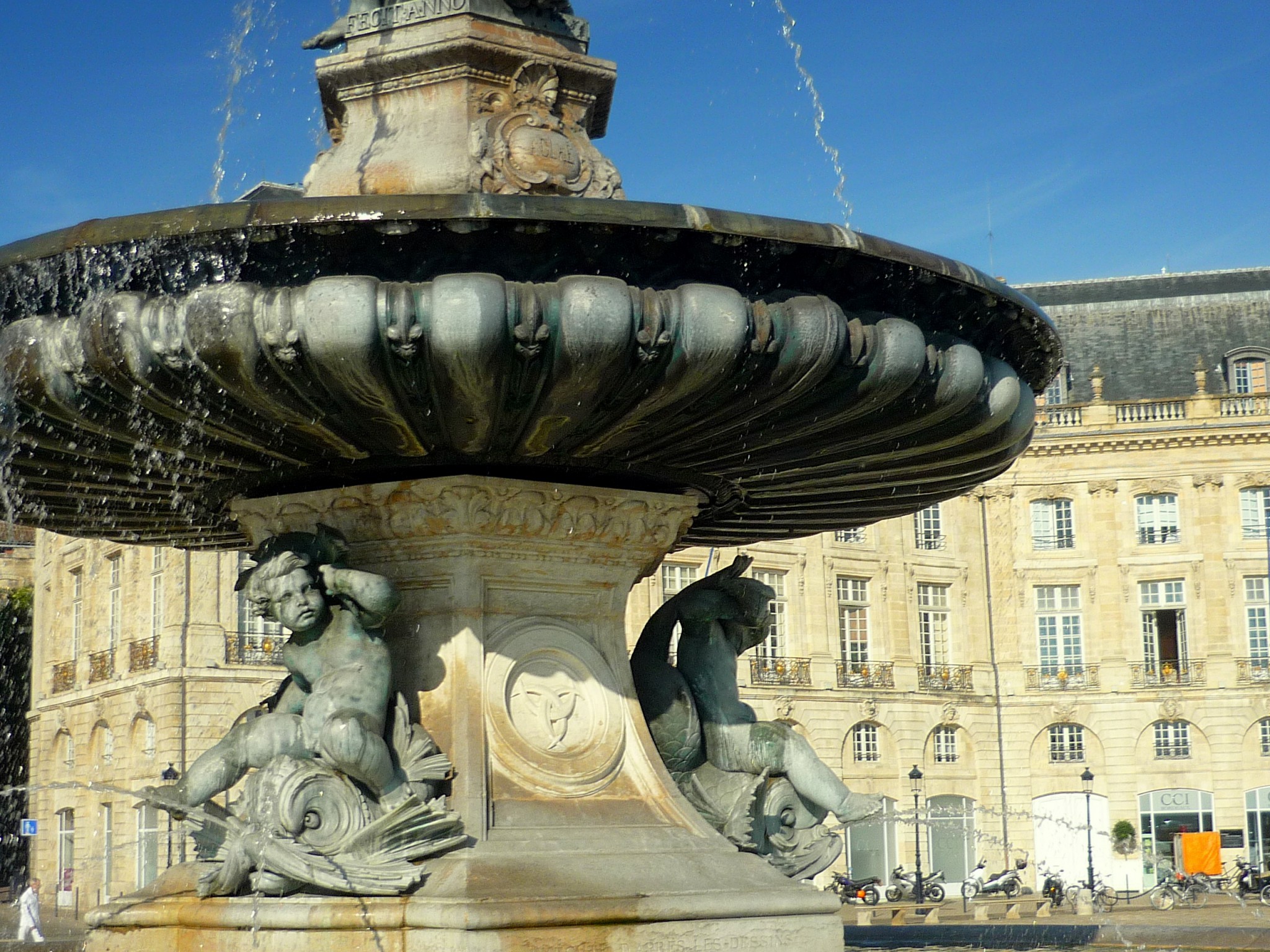
From 1947 to 1995 Jacques Chaban-Delmas, a 31-year-old Resistance general and MP was the elected Mayor of Bordeaux. He was one of the main architects of the redevelopment of the city, notably the University, the Hospital and two new bridges, the Saint-Jean bridge in 1965 and the Aquitaine bridge in 1967.
In 1960 the city became a regional capital. It prospered economically and industrially, becoming an important centre for aeronautics and spatial engineering and the hydrocarbon trade.
In 1995, Alain Juppé became the new Mayor. His major plans included the renovation of the old town. The 18th-century buildings and the banks of the Garonne River were restored; the construction of a tramway limited excessive traffic in the city and transformed the old town into a pedestrian area.
In 2007 Bordeaux became the largest urban complex listed on the UNESCO World Heritage List.
Find out more about Bordeaux
- Find out more about Bordeaux on the blog
- Official Website of the Tourist information board




